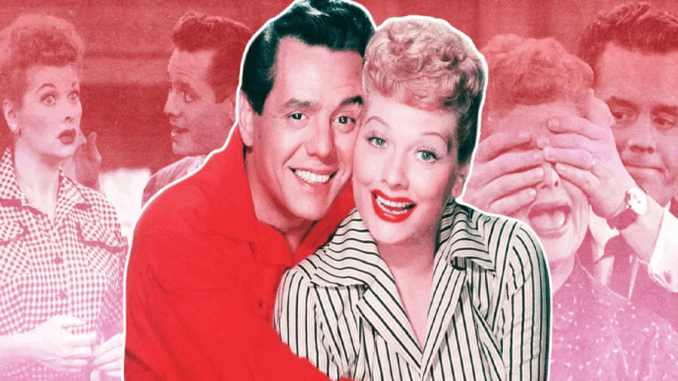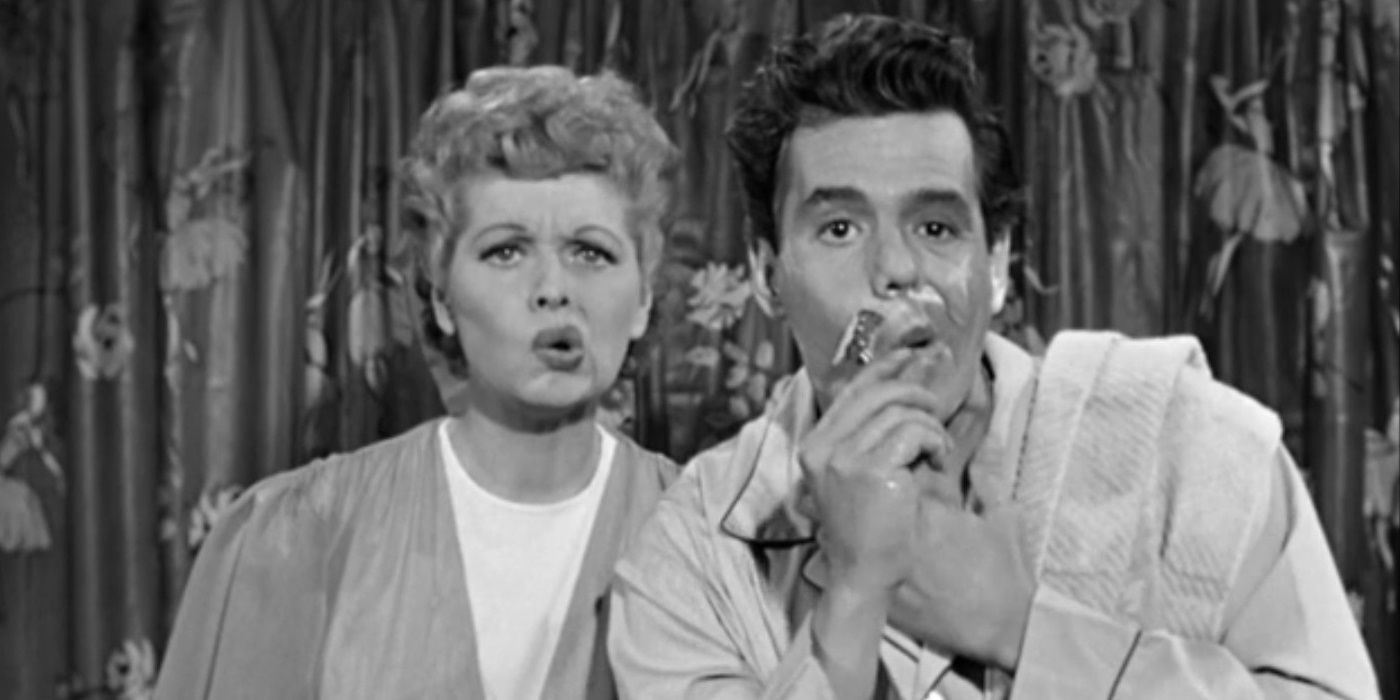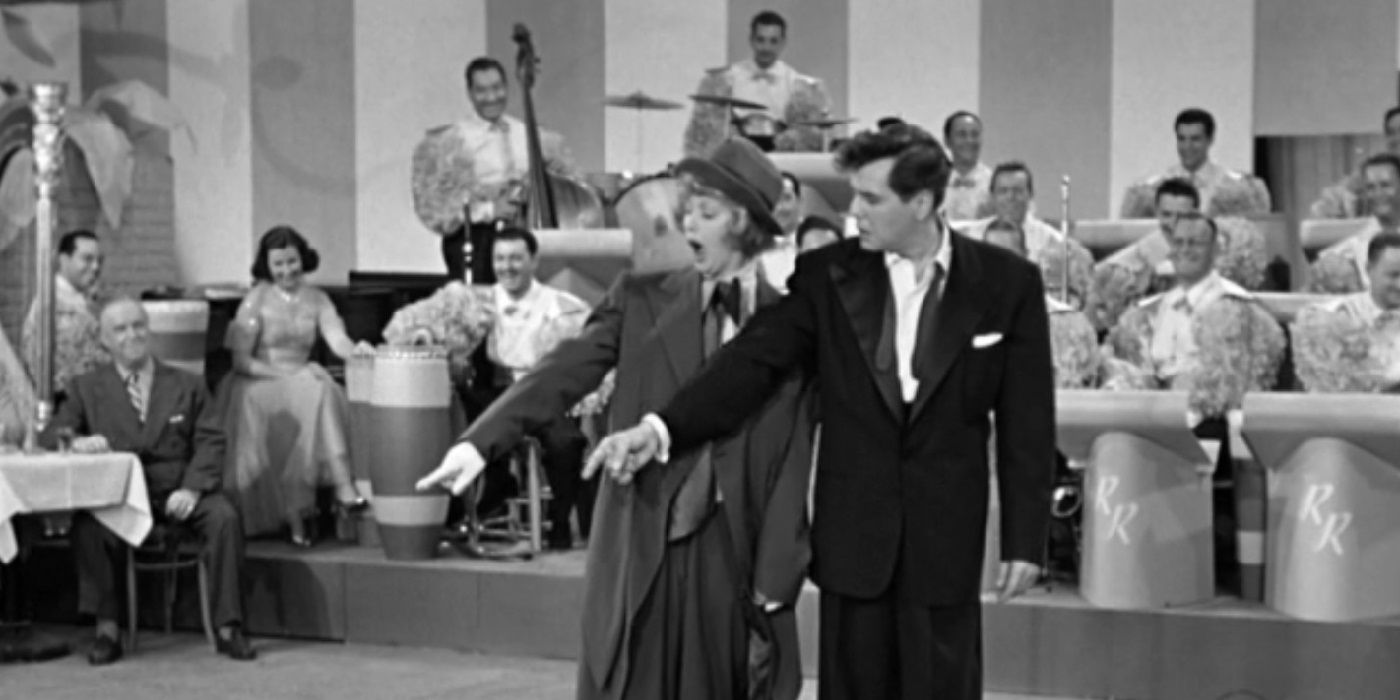
However, I Love Lucy’s biggest contribution goes beyond ratings and television. Ball’s co-star and then-husband Desi Arnaz was Cuban-American in an era when racial segregation was codified law in many parts of the country. The studio didn’t want to depict a biracial couple on television, but the show fought for it and won. Considering how big I Love Lucy became, it took a bite out of widely accepted racist dogma and help pave the way for needed social change. The two stars used an unusual promotional tactic to make it happen.
Desi and Lucy’s Real-Life Marriage Was the Basis of I Love Lucy
Ball and Arnaz met on the set of 1940’s Too Many Girls, a musical comedy based on a popular Broadway play. They eloped soon thereafter and had been married for over a decade when I Love Lucy premiered. Ball had scored a big hit on radio with 1948’s My Favorite Husband, where she played a housewife who gets into comedic escapades very similar to I Love Lucy’s. CBS was eager to turn it into a television show, which Ball and Arnaz saw as a rare opportunity for them to work together.
Desi and Lucy Went on Tour to Sell the Show
The couple responded by developing the project as a live vaudeville act and taking it on tour during the summer of 1950. Arnaz was a real-world bandleader — which became one of I Love Lucy‘s centerpieces — which they incorporated into the act, along with a number of comedy routines that later made their way to the show. The premise was the same, with Ball’s character eager to join her husband’s band and getting into all manner of comedic scrapes as a result.
None of it would have happened if social norms had prevailed. Indeed, the lengths the two had to go to sell a perfectly reasonable concept speaks to the systemic nature of prejudice at the time. No one expected the show to become an icon — Ball and Arnaz just wanted a mutual project. I Love Lucy affirmed what they both already knew — love is love — and quietly conveyed that to the rest of the country.


